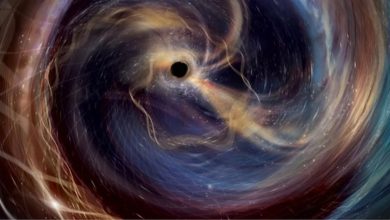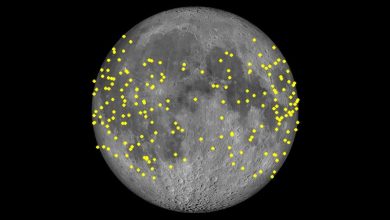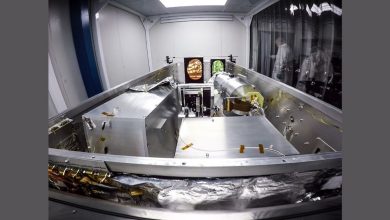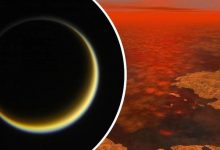Astronomers revisiting 1950s Palomar Observatory sky photos found mysterious flashes—bright spots appearing in one frame and gone in the next.
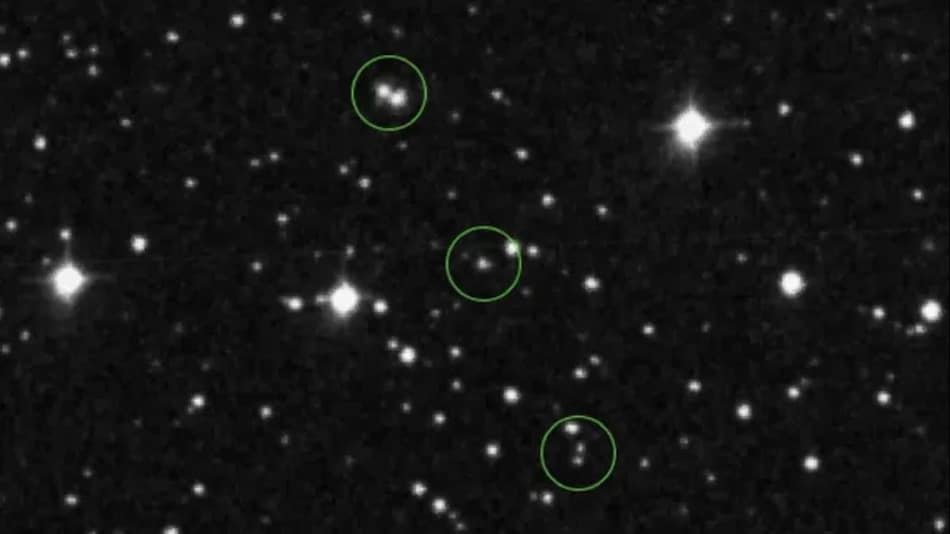
Astronomers find mysterious 1950s sky flashes, likely from early satellites or nuclear test effects.
Click Here to Add Gadgets360 As A Trusted Source

Large-scale sky surveys were carried out by astronomers on the Palomar Observatory in California during the 1950s, and in this case, the intermittent, star-like flashes, spots that were visible in one photo frame and disappeared in the next, were captured. These enquiring transients were documented earlier than the Space Age: might they presuppose orbiting reflective bodies, atmospheric consequences of nuclear tests, or merely artefacts of photographic techniques? Recent studies seek answers to these possibilities by conducting a correlation analysis of survey data and past records of nuclear tests.
Orbiting Reflective Objects?
According to a paper, in one project under the Vanishing and Appearing Sources during a Century of Observations (VASCO), over 100,000 of these transients of 1951-57 were studied in a collaboration. The researchers noted that a good number of them flashed and vanished in a single exposure, which is not how normal stars flashed. One of these, which they propose as a plausible explanation, is the reflection of sunlight by flat, highly reflective objects, such as the debris discarded during human activities, or by early satellites, temporarily during their orbital periods. These would not be streaks, but sharp point-like flashes.
Nuclear Testing and Atmospheric Links
In parallel, the researchers found a statistical link between flash occurrences and days following atmospheric nuclear weapons tests. One study found flashes were about 45 % to 68 % more likely within a day of such tests. This suggests nuclear tests may have triggered upper-atmosphere phenomena or introduced reflective material high in the atmosphere, which then produced the observed transients. Nonetheless, the authors emphasise that correlation does not confirm causation; photographic plates might contain unaccounted-for artefacts or data-processing issues.



